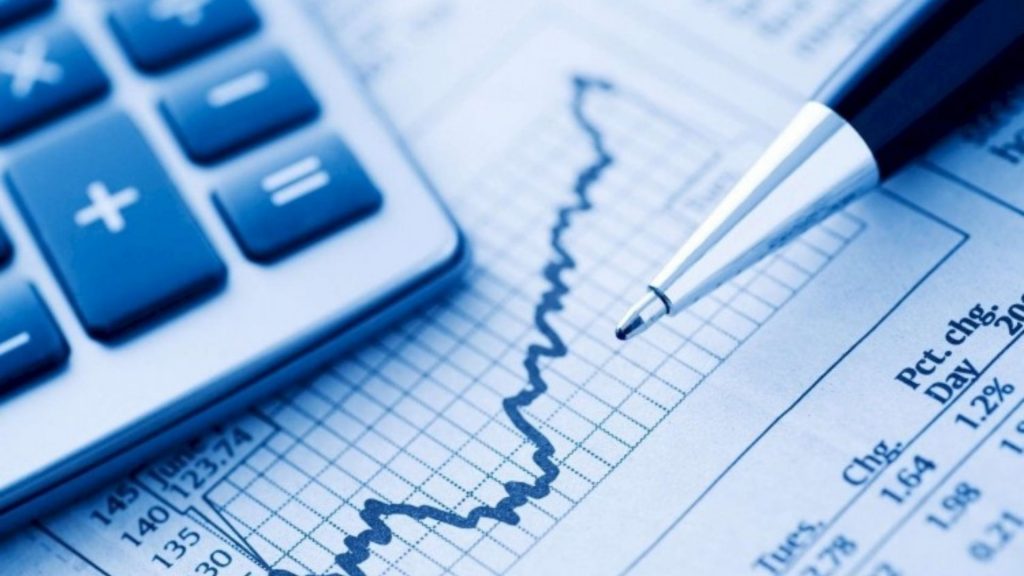Valuations in forensic accounting. When valuation analysts crunch the numbers, they frequently rely on financial data provided by the target company. As the engagement progresses, the numbers start to look off. Perhaps the expenses appear to be excessive, or the owner’s compensation appears to be inadequate. Given the industry, size, or location of the company, sales or benchmarks may appear suspect.
If the numbers appear to be significantly off, the analysts may consult with a forensic accountant, a CPA with specialized training in solving financial and compliance puzzles. In a valuation, a forensic accountant can assist in identifying hidden assets and income sources, as well as uncovering employee fraud, which can have a significant impact on the company’s value.

Valuations In Forensic Accounting
Business valuation
Business valuation is the process of determining the economic value of a business. Earlier in Module 5.8, we discussed business valuation in detail. As a refresher, a summary from that module is included here again. There is generally three acceptable valuation approaches Asset, Income, and Market.
Under the asset approach, a company’s value is equal to the fair market value of its assets, less the fair market value of its liabilities, essentially looking at what it would cost to recreate the business. This approach often serves as a valuation floor since, for many companies, the present value of future cash flows generated by the assets exceeds the liquidation value of those assets.
The income approach is based on the basis that the value of a business is equal to the present value of the company’s future stream of cash flows. There are generally two methods used under this approach: the capitalization of earnings method, which is utilized when earnings are stable and projected to change at a relatively fixed rate, and the discounted cash flow method, which is utilized when earnings are not stable and are projected to change at variable annual rates.
The market approach estimates value based on recent sales of similar businesses or ownership interests, adjusted for the difference in size, quantity, or quality. In selecting these companies and transactions, consideration is given to financial condition, operating performance, business description, and other factors. Pricing multiples are then calculated using financial metrics such as earnings, cash flows, and revenues. These multiples are then applied to the financial metrics of the subject business to estimate the value.
Normalization Adjustments
Normalization adjustments may be applied to a company’s financial statement being valued. These adjustments eliminate the effects of nonrecurring events or discretionary expenses to determine a normal level of business activities. These discretionary expenses are more difficult to determine and may involve more complicated techniques to unearth.
While these adjustments may appear obvious, they are often not easy to find. This is where forensic accounting techniques help. Information can be identified using specialized skills that may include auditing, finance, accounting, research, and investigative and interviewing techniques.

Damage Valuation
Assessment of damages involves appraisal of the incurred loss and the lost profit. Behind financial and accounting calculations are hidden the practical difficulties of interpreting numerical concepts. These difficulties often explain many of the differences between the assessments made by each side of the argument.
Initially, this means identifying the nature of these earnings. These earnings can be direct, such as corresponding to a lost volume of sales, product copies, or even the defective nature of a production tool. However, identifying the nature of these lost earnings is complicated when they are the indirect consequences of the fault committed.
The fault may deprive the victim of access to an opportunity. Therefore, the difficulty is comprehensively identifying all of the gains that the victim has been deprived of, keeping in mind that only reasonable and measurable items in this identification are included.
In many cases, the earnings that need to be assessed are from either a past activity or operation that continues business or operation. In the first case, the forecasts can be constructed from projections of past data, giving them a degree of reliability. However, the assessment of damages must integrate the factors of future modification. In the second case, the difficulty lies in projecting future forecasts that are reasonable enough, although historical data cannot support them.
Assessment of damages then includes the development of a business plan based on traceable, realistic assumptions. The approach here involves restoring financial flows from operations by taking into account normal conditions.
Once the flows have been identified and assessed, assessing damages requires a valuation of the net worth that the victim would have had in the absence of default, with the difference with its actual net worth constituting the lost profit.
The first step involves giving a time frame to these flows. The second step involves discounting these flows using a rate, the determination of which is essential for the result of the valuation. This rate will take into account the economic conditions of the compensation of the debt and capital and the risks specific to the business or operations that generate the flows in question.
The incurred loss includes the costs that the injured party incurred because of the damages sustained. These costs may include external costs, which are easy to measure and demonstrate. They may also include work performed by employees of the injured party.
In this case, a tricky first step is counting the number of hours worked. Only hours spent by the staff involved can be considered at the expense of other work that itself would have created value for the injured party. Therefore, the allocation of under-capacity hours does not constitute a loss.
A second difficult step is determining the hourly rate that will be used to value these hours. This rate may correspond to the amounts of wages to which costs are added and include a share of the company’s fixed costs. That is why it can vary up to fivefold. The fixed costs allocated to the hourly rates represent the company’s costs rarely associated with the existence of the dispute and the resulting damage. Their inclusion in the assessment will depend on the impact of damages on the company’s activity.
Assessing the incurred loss often means going back to assess the contribution to earnings of a defective product, a lost activity, a contract not renewed, etc.
This loss is often seen as the result of the calculation. However, performing this simple calculation poses the problem of defining variable costs.
When applied concretely to the assessment of damages, this fixed cost, and variable cost distinct amounts to classifying the costs that could have been saved if there had been no damage.
Final Thoughts
An experienced valuation analyst can detect when something is “off.” Diving deep into a company’s books can reveal a variety of insights, including the realization that things are not as they appear. A valuation analyst relies on training, experience, industry knowledge, and intuition to spot red flags and determine when numbers like revenue, compensation, and other expenses don’t “add up.
At this point, the valuation process becomes one of forensic accounting, which is the process of unraveling financial and compliance puzzles to identify hidden assets, income sources, and possible fraud, which can have a significant impact on a company’s value.








